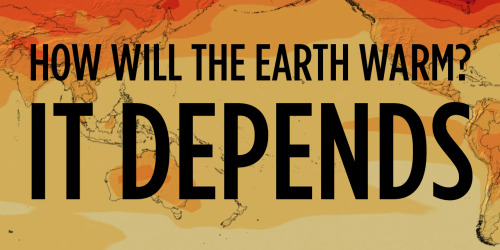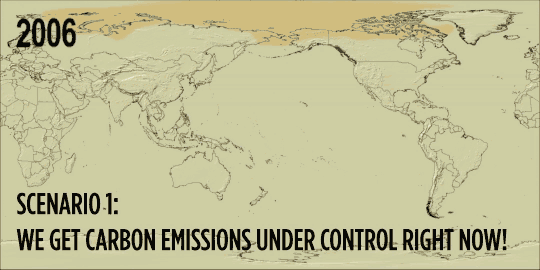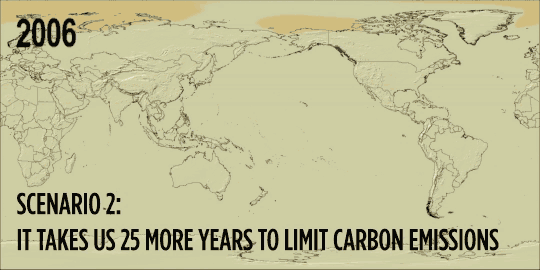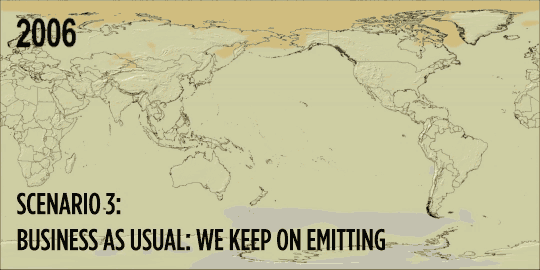This Graph Is Pretty Self-explanatory. See The Article From The Atlantic For Further Explanation Of Why

This graph is pretty self-explanatory. See the article from the Atlantic for further explanation of why natural gas is overtaking coal.
More Posts from Envirographs and Others

Another graph from Theda Skocpol's analysis of why the 2009 Cap and Trade bill failed, this one looking at increasing political polarization between the Democrats and the GOP from the 1970s on.
*The LCV (League of Conservation Voters) average reflects LCV scores given to lawmwakers, which are based on their votes on important environmental legislation. The higher the score the more "pro-environment" the lawmaker.

The reduction in CO2 emissions from the energy sector in the U.S. over the past 5 years (see previous post) was due in large part to a reduction in emissions from coal. In 2009, the financial collapse led to diminished use of all fuel sources and greenhouse gas reductions across the board. Since then, the expanding use of natural gas has increased it's carbon footprint, but the decline in the use of coal and the subsequent decrease in greenhouse gas emissions associated with coal is remarkable. Coal is the most carbon-rich fossil fuel, so any declines from that source is good news for the climate.

The cost of offshore wind in America is dropping, from 24¢/kWh for the operational Block Island wind farm, to 13¢/kWH for two proposed projects in MD, to an expected 10¢/kWh for two projects in MA. But German offshore wind is only 5¢/kWh. Why is German offshore wind so cheap, and how can US offshore achieve those prices and compte with natural gas (~7¢/kWh).
The biggest factor is perceived risk by financial backers due to regulatory uncertainty. A clear national policy on offshore wind, and a national commitment to developing offshore wind resources, could drive those costs down.
Also increasing cost is the lack of a domestic supply chain and infrastructure. If the US invests in a domestic supply chain, including ports to service offshore wind (as is being done in New Bedford, MA), US offshore wind could become cost competitive with natural gas.
Original Article

Rhino poaching in South Africa decreased for the third year in a row, according to South African Minister of Water and Environmental Affairs, Edna Molewa. But the number is still unsustainably high, with about 3 rhinos killed per day in South Africa.
Rising incomes in Asian nations, such as Vietnam and China, is driving a renewed poaching boom for rhino horns, and poachers are finding new ways to avoid detection of exports.
Original Article

From National Geographic:
Four national monuments in the American West could be shrunk and six others opened up to permit more mining, grazing, logging, and commercial fishing if President Trump follows the recommendations of Interior Secretary Ryan Zinke...
If enacted, the modifications would represent the most sweeping changes to existing national monuments by any sitting president — and are sure to set off a legal battle over presidential powers likely to reach the U.S. Supreme Court.
Here are the threatened monuments:
Facing size reduction: 4. Cascade-Siskiyou, Oregon/California 12. Gold Butte, Nevada 13. Grand Staircase Escalante, Utah 14. Bears Ears, Utah
Facing management changes (mining, grazing, logging, fishing): 20. Organ Mountains-Desert Peaks, New Mexico 21. Rio Grande del Norte, New Mexico 22. Katahdin Woods and Waters, Maine C. Pacific Remote Islands, south of Hawaii D. Rose Atoll, by American Samoa E. Northeast Canyons and Seamounts, off the coast of Massahcusetts

Pollution-related mortality in Europe





As governments discuss climate change in Paris, they’ll be referring to the dire predictions of climate scientists. Here are three visualizations of possible futures based on detailed climate models and summed up by the United Nations’ Intergovernmental Panel on Climate Change (IPCC) in their 2013 report. The deeper the red - the hotter things are getting.
The message is clear: we better act fast.
How did they come up with these models? Read or listen to Nell Greenfieldboyce’s story.
Image Credit: NASA’s Scientific Visualization Studio and NASA Center for Climate Simulation
The decline of arctic sea ice since 1980
Read more

44% of crocodilians are threatened according to the IUCN. The Chinese alligator, Orinoco crocodile, Phillippines crocodile, Cuban crocodile, Siamese crocodile and Gharial are all considered critically endangered. A conservation success story, the American alligator, once facing extinction, is now considered "low risk", although the American crocodile is "vulnerable".

The government owns a whole lot of land in the western United States. The resulting conflict between the government and environmentalists seeking to conserve this land for multiple use (parks, ranching, logging, mining, forestry, wildlife preservation, recreation etc.), and the Wise Use movement seeking to transfer the land from the government to the states or to private ownership, is a hallmark environmental fight in the west that many in the eastern United States are unaware. And it drives these standoffs that we saw in Nevada (Cliven Bundy) and now Oregon.
-
 envirographs reblogged this · 12 years ago
envirographs reblogged this · 12 years ago
A visual exploration of environmental problems, movements and solutions.
151 posts